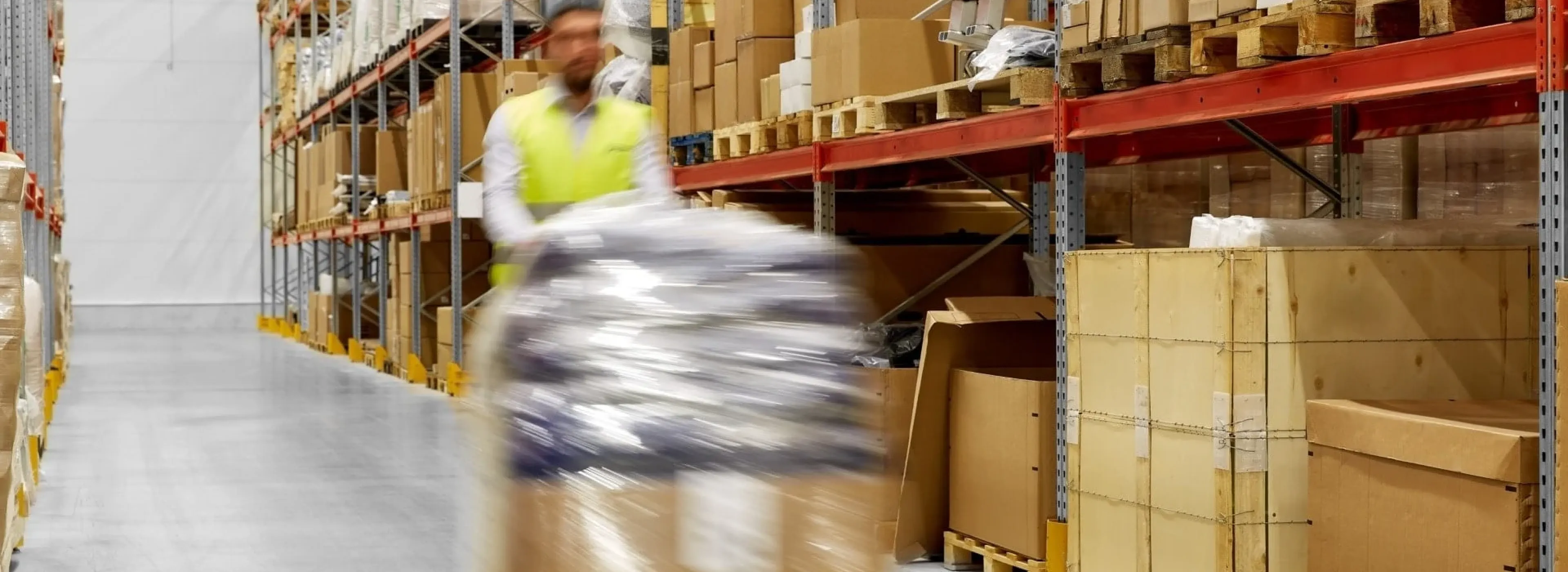For more information about boosting warehouse productivity or the latest technology trends, follow us on LinkedIn, YouTube, X, or Facebook. If you have other inquiries or suggestions, please contact us here. We’ll be happy to hear from you.
Is your warehouse holding back your business? Poor warehouse performance leads to missed deadlines, frustrated customers, and lost profits.
Click Here: Boost Your Warehouse Efficiency With This Advanced and Affordable WMS
This guide reveals actionable strategies to optimize your warehouse, boost efficiency, and increase your bottom line.
The Importance of Warehouse Performance
A well-performing warehouse is crucial for businesses to meet customer demands efficiently. It is the hub for inventory management, order fulfillment, and shipping operations. However, with the increasing complexity of supply chains and rising customer expectations, maintaining optimal warehouse performance has become more challenging than ever.

To stay ahead of the competition, businesses must focus on improving their warehouse performance. By doing so, they can achieve faster order processing, reduced errors, improved inventory accuracy, and enhanced customer satisfaction. Moreover, an efficient warehouse can significantly impact the bottom line by reducing storage, labor, and transportation costs.
Strategies to Boost Warehouse Performance
1. Measure Warehouse Performance
Before implementing strategies to enhance warehouse performance, it’s crucial to establish key metrics for measuring success. By tracking these metrics, businesses can identify areas for improvement and monitor the effectiveness of implemented strategies.
Some key metrics to consider include:
- Inventory Accuracy: measures the level of accuracy in inventory counts and reduces the risk of stockouts or overstocking when highly maintained.
- Order Fulfillment Rate: measures the percentage of orders fulfilled accurately and on time.
- Storage Utilization: monitors how effectively you’re using your warehouse space. It helps optimize storage and layout planning.
- Cycle Time: measures the time it takes to complete a specific process or order, highlighting areas of inefficiency.
- Order Picking Accuracy: measures the accuracy of picking the correct order items, reducing errors and returns.
These are only some of the KPIs that warehouses need to track. To see a comprehensive list, read this article highlighting the top 24 warehouse KPIs you must track.
2. Optimize Warehouse Layout and Organization
Optimizing warehouse layout and organization is a fundamental strategy for achieving optimal performance. A well-designed layout ensures efficient movement of goods, minimizes travel time, and maximizes storage capacity. Here are some key strategies to consider:
- ABC Analysis: classify inventory into three categories based on order volume. This allows for better placement of items with the most order volume near the shipping area to minimize travel and cycle times.
- Zone Picking: divide the warehouse into zones and assign pickers to specific zones. This reduces travel time and increases picking efficiency.
- Clear Labeling and Signage: ensure clear labeling and signage throughout the warehouse to minimize errors and improve productivity.
To learn more about layout and organization strategies, look at this warehouse organization and layout design principles blog.
3. Adopt Technologies to Boost Warehouse Performance
In today’s digital age, technology is crucial in optimizing warehouse performance. By leveraging the right tools and software, businesses can automate processes, improve accuracy, and enhance productivity. Here are some key technologies to consider:
- Warehouse Management System (WMS): implement a WMS to streamline warehouse operations, automate inventory management, and improve order fulfillment accuracy.
- Barcode Scanning and RFID: use barcode scanning and RFID technology to track inventory, reduce errors, and improve order accuracy.
- Dimensioners: automate the time-consuming dimensioning and image capture process by adopting parcel dimensioners and pallet dimensioners.
- Automated Material Handling Equipment: invest in automated systems such as conveyor belts, robotic pickers, and automated storage and retrieval systems (AS/RS) to reduce manual labor and improve efficiency.
- Warehouse Workflows: workflows lets you automatically create tasks and reminders for workers, send emails, and verify the completion of tasks.
By leveraging these tools and software, businesses can optimize warehouse performance, improve efficiency, and stay ahead in today’s competitive market.
4. Streamline Inventory Management
Efficient inventory management is crucial for maintaining optimal warehouse performance. By implementing effective strategies, businesses can reduce carrying costs, minimize stockouts, and improve overall inventory accuracy. Here are some strategies to consider:
- Demand Forecasting: use historical data and market trends to forecast demand accurately. This helps in optimizing inventory levels and reducing the risk of overstocking or stockouts.
- Just-in-Time (JIT) Inventory Management: adopt a JIT approach to minimize inventory holding costs and maximize cash flow. This involves ordering inventory only when needed, reducing storage requirements.
- Cycle Counting: implement regular cycle counting to ensure inventory accuracy and minimize disruptions caused by annual physical counts.
Click here to learn more inventory management techniques.

5. Staff Training and Performance Optimization
The performance of warehouse staff directly impacts overall efficiency. Businesses can enhance productivity and reduce errors by investing in training and optimizing performance. Here are some strategies to consider:
- Training Programs: provide comprehensive training programs to equip staff with the necessary skills and knowledge to perform their tasks efficiently.
- Performance Incentives: implement incentive programs to motivate staff and reward exceptional performance. This can boost productivity and encourage continuous improvement.
- Performance Monitoring: regularly monitor staff performance and provide feedback. This helps identify areas for improvement and allows for targeted training interventions.
Find more effective training to boost warehouse productivity by clicking this link.
Conclusion
In conclusion, optimizing warehouse performance is crucial for businesses looking to enhance productivity, reduce costs, and improve customer satisfaction. By implementing the strategies outlined in this article, businesses can achieve optimal warehouse efficiency and stay ahead in today’s fast-paced market.












